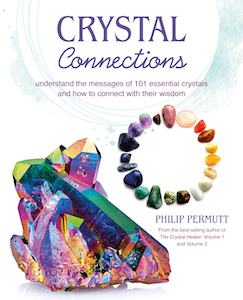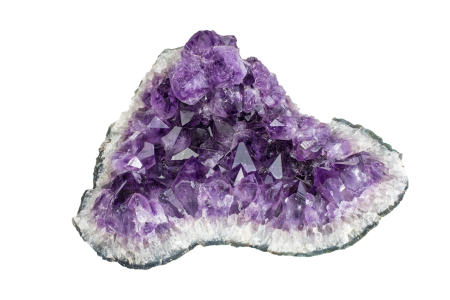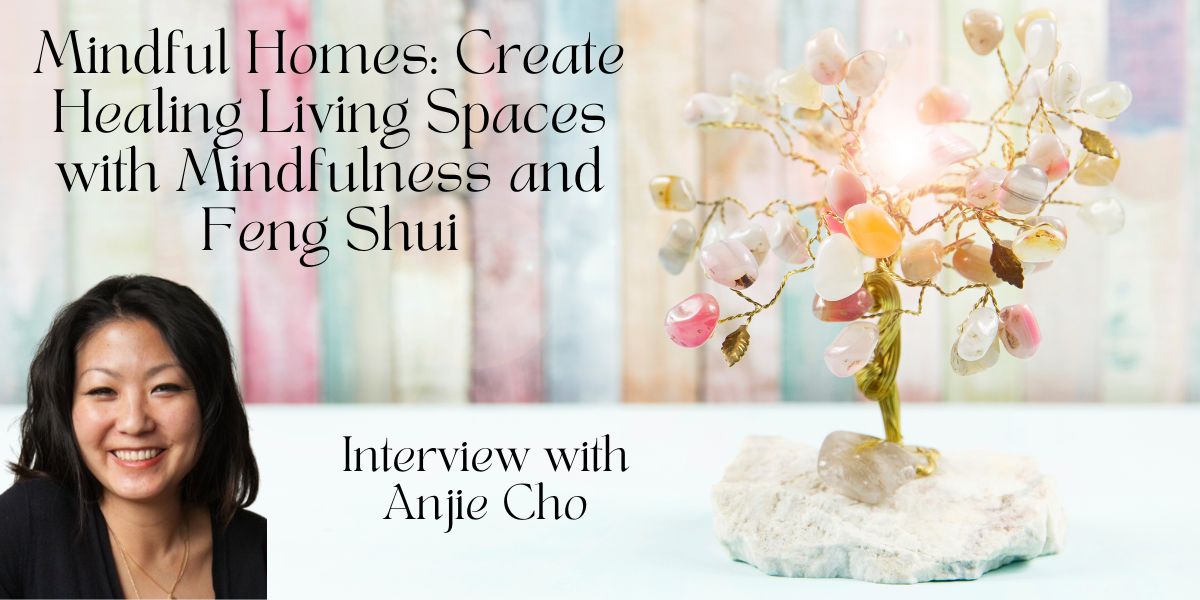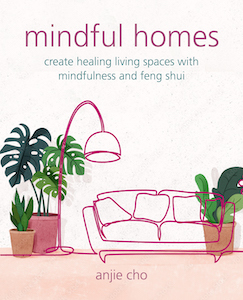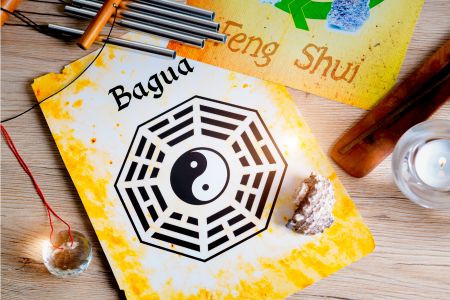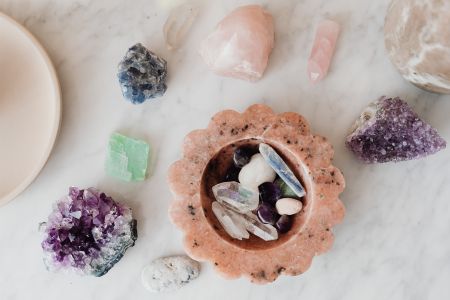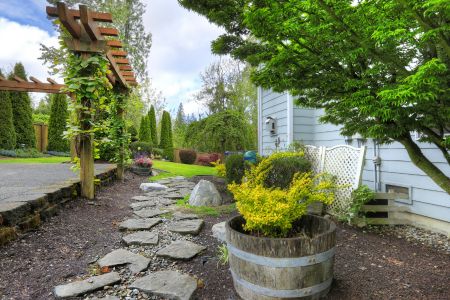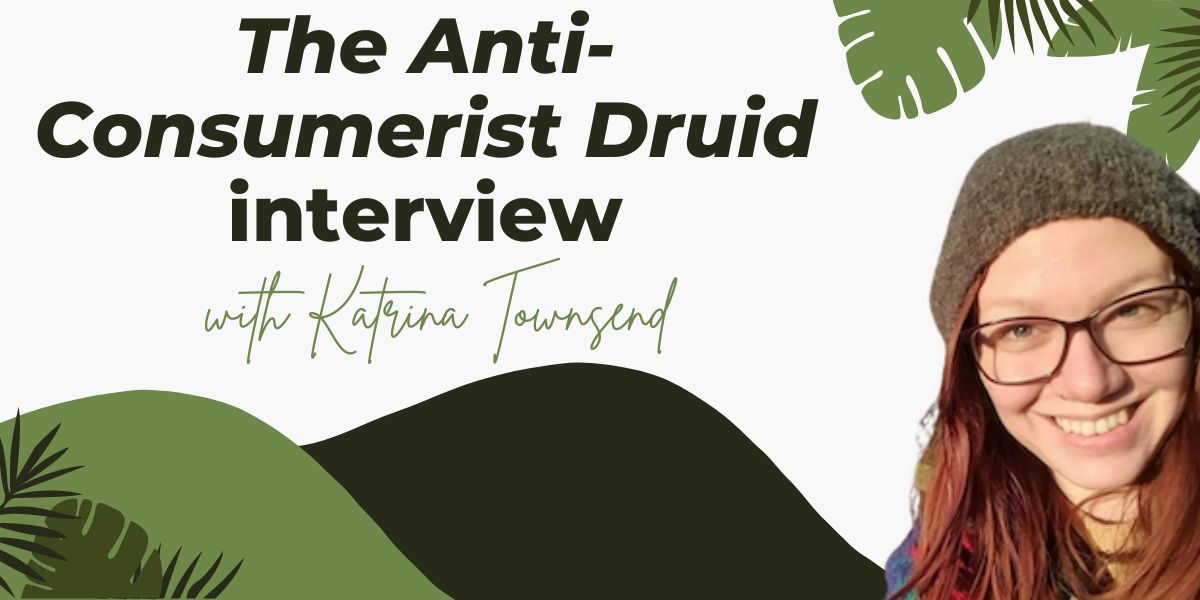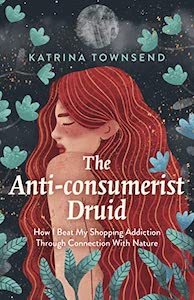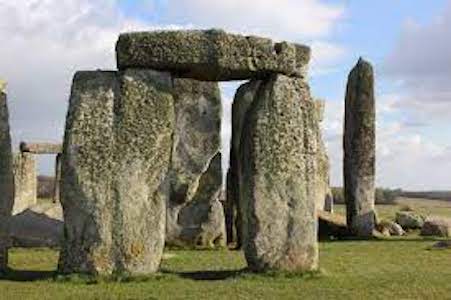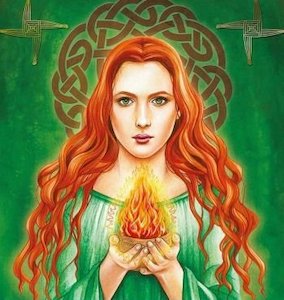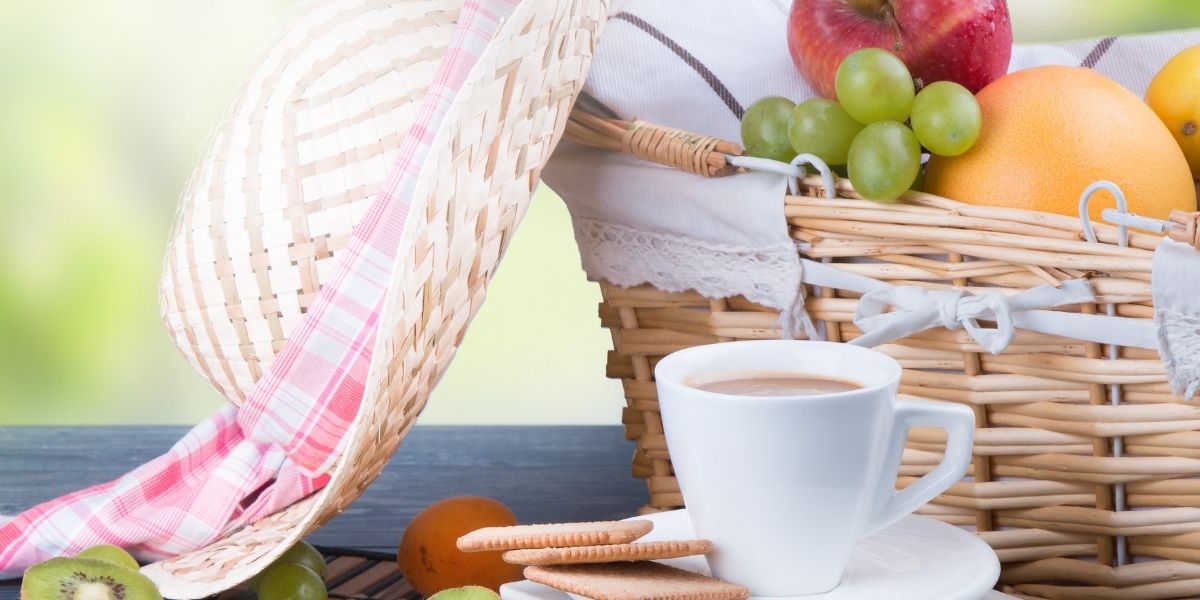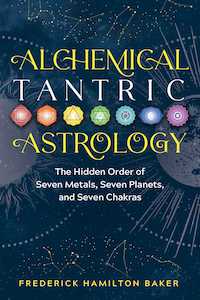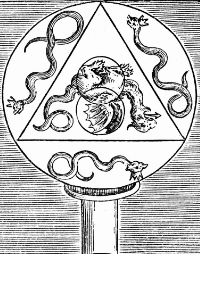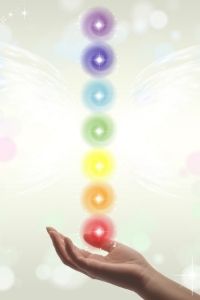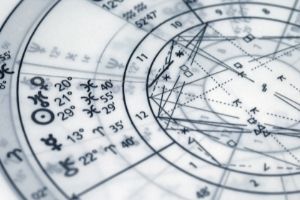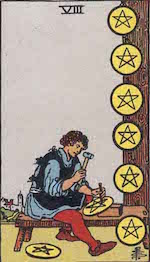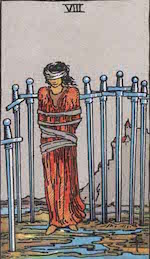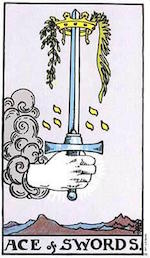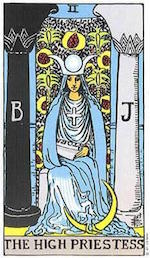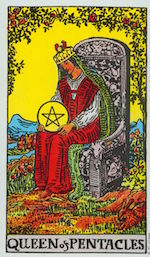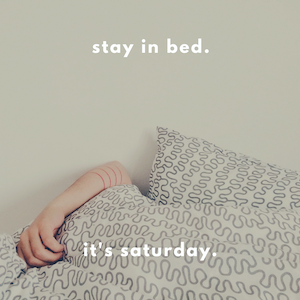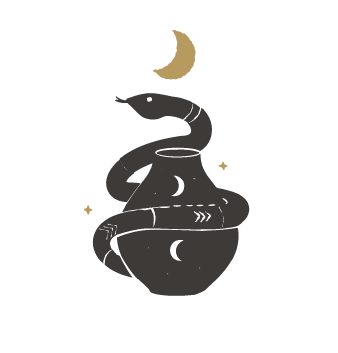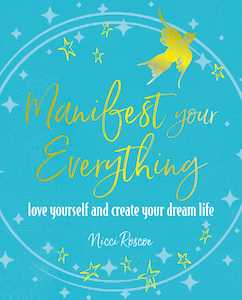
Alanna: Hello, Nicci! It’s so wonderful to chat with you about your new book Manifest Your Everything: Love Yourself and Create your Dream Life (CICO 2023). This was just the energy I needed in my life right now as I’m trying to get some new endeavors up and running. Before we dive into the topic of manifestation, would you mind sharing with readers some insight into your career and the work that you do?
Nicci: Hello Alanna! It’s wonderful to chat with you too. I love that you have read my book and it has given you the energy you needed in your life right now. It sounds like you have something exciting happening with your new endeavors. If you would like a video call chat please let me know and we can arrange something. I’m delighted to answer your questions below. Sending love and beautiful energy 💕🌟
Alanna: Thank you so much! I appreciate the offer. Sometimes I feel people think manifestation is something superficial or frivolous, but in the introduction to Manifest Your Everything, you discuss how your mindset impacted your recovery from a brain tumor and helped you to cope with chronic pain. This really showed me that the power of manifestation goes much deeper and can lead to long-lasting happy endings. What were some of the things you did to manage your pain and come to manifest a positive outcome?
Nicci: Our minds are so powerful and – when we tap into focusing on what we need – it is possible to achieve the outcomes what we want. Living with chronic pain can be so debilitating for many people. Fighting it, feeling sorry for ourselves, not getting out of bed and burying our head in the sand won’t help.
I have had to adapt and change certain things in my life such as not being able to be in a room with an electric guitar as the vibrations shoot through my head. I also make sure I give myself rest time and not get too tired or stressed. Before I did this I had to acknowledge and accept I was left with chronic pain following my brain tumor operation. I changed my thought process from being a victim – angry, frustrated and upset – to being ‘grateful’ I survived. I focussed on positive thoughts such as that I am so grateful I am here for my children and to enjoy my life in so many ways and help others who are suffering to do the same. I wasn’t going to let my pain take over my life.
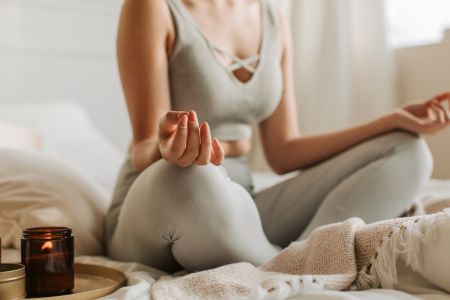
Once I had accepted my situation, I started to talk to my pain and tell it ‘I’m in control of you; you’re not in control of me.’ Visualization is also very powerful and I see my pain shrinking and becoming smaller and smaller until it fades and becomes insignificant. I focus on other things such as my grandchildren, my work and more. When I’m in a crowded place, I zoom into the person I’m with and hear them while the other noise of people talking fades into the background.
Meditation is also a huge part of my life which I do for 30 minutes twice each day. I feel relaxed and peaceful when I am in this beautiful space and surrender myself to silence and total calm. It gives me energy for my day and at night takes me into a very relaxed state. I focus on my ‘word meditation,’ repeating to myself over and over again ‘I feel peaceful, calm and energized’ in the day and at night I say to myself ‘I feel peaceful, calm and relaxed’. As I continue to repeat these words, I go into a deeper state of meditation and ‘just being’ in silence and peace.
Exercise and healthy eating is also a key area in pain management for me. As a former fitness instructor and trainer in this area, I know how beneficial exercise is for our mind and body. Walking in nature with my dogs, going to the gym and going doing fun circuit workouts with a friend have all helped me mentally as well as physically. Healthy eating enables me to also feel more energy, in addition to it being nutritious and having many other positive long term health benefits.
Making sure I get a good seven hours sleep a night is so important for my pain management. Releasing the tension in my head is also through head massage around the area where I have the plates and screws. My weekly indulgence at the hairdresser is something I always look forward to! James, my fabulous hairdresser, gives me a beautiful head massage around the area where I have my plates and screws. It’s such a blessing to receive.
Finding a focus other than the pain is so important and gives me a new lease of life.
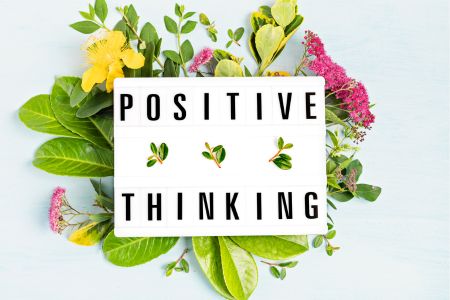
Alanna: Your manifestation process starts with letting go, which has the quality of an ending to it. Why is it important to release before manifesting? How do you know a chapter has come to a close and it’s time to manifest something new?
Nicci: If you are feeling hurt, angry or upset about a situation or a person, this is something you carry around with you. It’s always there so you’re unable to move forward fully, as it will always come up in your mind. Maybe it’s to do with a relationship breakup or not being happy at work. Whatever it is you are holding onto in your unconscious mind, you need to be free of it to enable yourself to move forward and feel peaceful. Letting go and breaking the cycle of holding on to what we’re used to carrying around with us gives us the opportunity to be free to focus on and manifest what we really want with lasting, deeper positive results. It is so empowering.
Alanna: What I enjoyed most about your approach to manifestation was the focus on self-love. Reading this book reminded me of the personal power we all have within us that can ripple out and change the world around us. What happens if you try to manifest without doing the work of loving and caring for yourself? Why are positive affirmation and confidence so important for manifestation?
Nicci: Giving yourself love is a priority we all need to focus on before manifesting. By focusing on ourselves first, this is giving us a good place to begin focusing on what we really want and can achieve. If we don’t love ourselves how can we find true love, feel passion for what we do, give to others and feel happy and peaceful when we get what we dream of?
If we don’t give ourselves love and care, there will always be a void in our hearts whatever we manifest because we’re constantly chasing our desires that won’t feel fully complete.
When we manifest coming from a place of self-love and care, it’s so much more powerful. Being true to yourself and what you really want is really important. Positive affirmations such as ‘I believe in myself’ and ‘I can do this’ are constantly feeding the positive into our subconscious mind. This in turn can give us the confidence to feel better about ourselves and focus our minds on what we really want.

Alanna: You offer so many ways to get your manifestations flowing, from connecting to nature to practicing gratitude and meditation. You even teach how to use crystals to enhance one’s manifestations, which is really neat! Do you think someone should pick a method and do it on a daily basis or is it better to try different methods and see which one works best?
Nicci: I believe each one of these ways is an integral part to achieving our manifestations. By bringing each of these practices into your daily life, you will enhance your own mind, body, spirit balance and growth.
It’s important to focus on being grateful every day for what we do have; meditating to enable us to feel a renewed energy, calm and focus; connecting to nature to enhance our mental health and well-being and embracing crystals that give us what we need through their powerful vibrations and energy. All of these and more in my book, including having a manifestation board to focus on – taking a relevant photo and seeing it on your phone during the day – are an integral part of manifesting.
Alanna: Do you have any advice for people who know they want to manifest a better future but are having trouble seeing the specific details of what that might look like for them? How can they become more sure of their choice so that their manifestation unfolds?
Nicci: Wanting a better future and having trouble seeing specific details can be because the person has not let go of what is troubling them, that they may be afraid of failure or perhaps that they are not giving themselves the love they need to nurture themselves. When you go through the process of letting go of past trauma or upset and then give yourself the love you need, this can open your mind and give you the answers you’ve been searching for.
Healing old wounds to feel better and see more clearly is key to manifesting.
I absolutely suggest investing in a manifestation crystal such as the ones i have in my book including a Brandberg Amethyst or Mad Manifestation Crystal from Madagascar. You can also manifest with any crystal that resonates with you and what you desire. Focus on what you want and keep your crystal with you. Hold it when you feel you need to, keep it by the side of your bed and under your pillow.
Meditating with your crystal is very powerful. Hold it in your hand and ask for guidance during your meditation. This can give you a clearer picture of what you want. Give yourself time to go through the manifestation process for all to unfold and be revealed to you. Believe, focus and trust in the process.
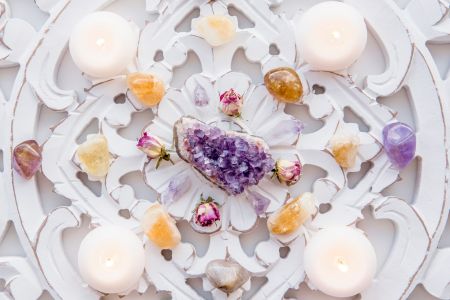
Alanna: Another aspect of your manifestation technique I really liked is how it promotes a healthy lifestyle. What is it about food, exercise, and positive mindset that contribute to manifestation happening?
Nicci: I absolutely advocate a healthy lifestyle. Coming from a fitness background I know how beneficial exercise and healthy eating can be. They not only give us more energy but also help us to focus on our daily lives with more zest and a more positive mindset. When we feel good about ourselves and nurture our mind body and spirit with this positive balance we are coming from a wonderful place and space to enable manifestation to happen.
Alanna: Would you share some examples of things you’ve manifested, either big or small, using your techniques?
Nicci: There are many things I have manifested using my techniques! It’s very exciting when they come to fruition! Totally magical!
1. Manifesting a pet is something I wanted so much since I lost my beautiful shiatsu, Lucky. After he went to doggy heaven I lived in an apartment and no pets were allowed. I missed the beautiful unconditional love our pets give and imagined holding my new puppy and cuddling him. I focused on having him with me and had photos of Cava Poos on my manifestation board and saw my grandchildren playing with him and laughing running around the garden in my new home! A couple of months later I moved into a house with a garden! I now have two puppies Teddy and Honey and my grandsons love running around the garden with them!! Be careful what you ask for, as I had two photos of Cava Poos on my manifestation board!!
2. I was loving life teaching aerobics and having fun. I wanted to bring this to a wider audience and focused on my manifestation process to make this happen. My manifestation board that I talk about in my book had pictures of different television and radio stations I wanted to work for with names of channels and programs written on in bold including Sky One and Sky News. I focussed on this and what I dreamed of and it became reality! I became the regular health and fitness expert on Sky One and other TV programs! Magic happens when you really focus on what you want.
Alanna: One of my favorite parts of Manifest Your Everything is the case studies you have from students. Their experiences were great testimonies to how the practices you share in the book lead to desired outcomes. Do you have any current offerings for those who might want to work with you after reading this book?
Nicci: The real-life stories in my book were from my clients who all had incredible experiences following the manifestation process.
My wonderfully successful workshop Love Yourself is my main offering that my book is based on and I intend to take it worldwide over the next year.
There are mini workshops to complement Love Yourself including:
♥ Boost Your Confidence Feel, Good and Be Inspired
♥ Manage Your Stress, Meditate, Relax and Re-energise
My Reiki Courses continue to send out more beautiful Reiki practitioners and Reiki Masters into the world to give more healing.
If this interview has inspired you to start your manifestation journey, definitely check out Manifest Your Everything: Love Yourself and Create your Dream Life to learn all the ways you start shifting your life to align with your inner vision!
Image credit for photograph of Nicci Roscoe: Photos by Dianna Bonner (www.worldvisionphotos.co.uk)
Alanna Kali is an astrologer, numerologist, and pioneer spirit that loves to explore life through the lens of depth psychology. She has a passion for studying the humanities and social trends. Her academic work is centered upon reuniting body, mind, and spirit through eco-psychology. She loves reading, spending time in nature, and travel.


